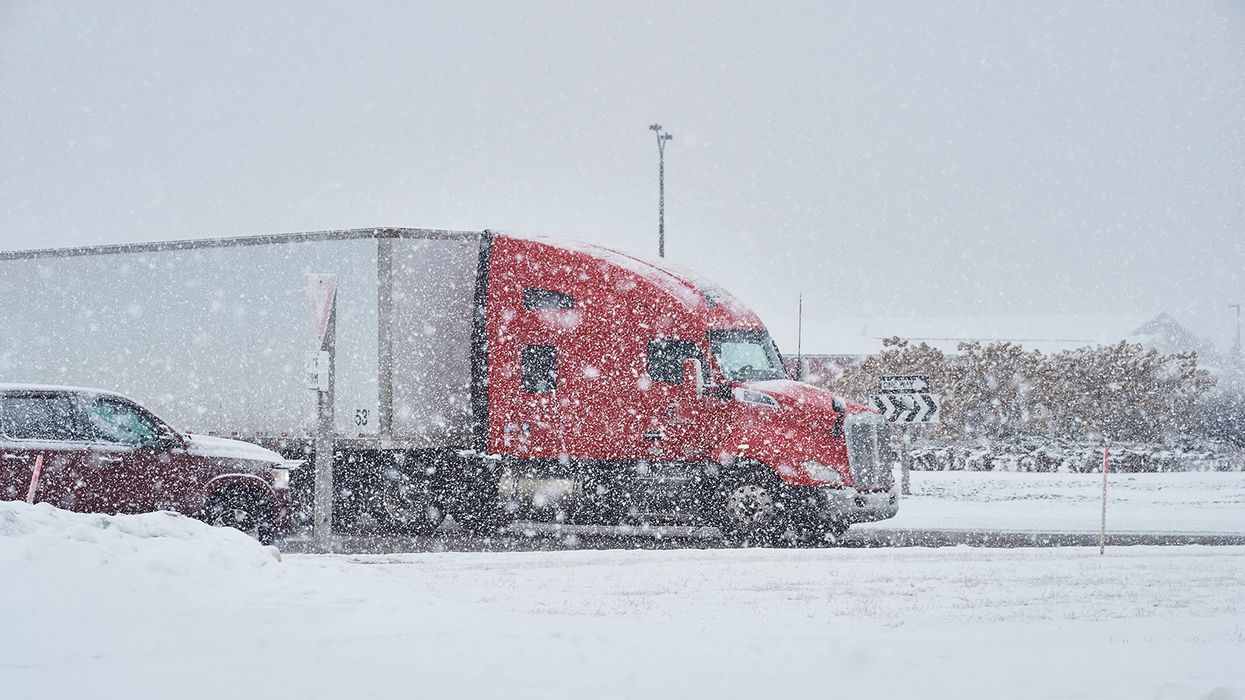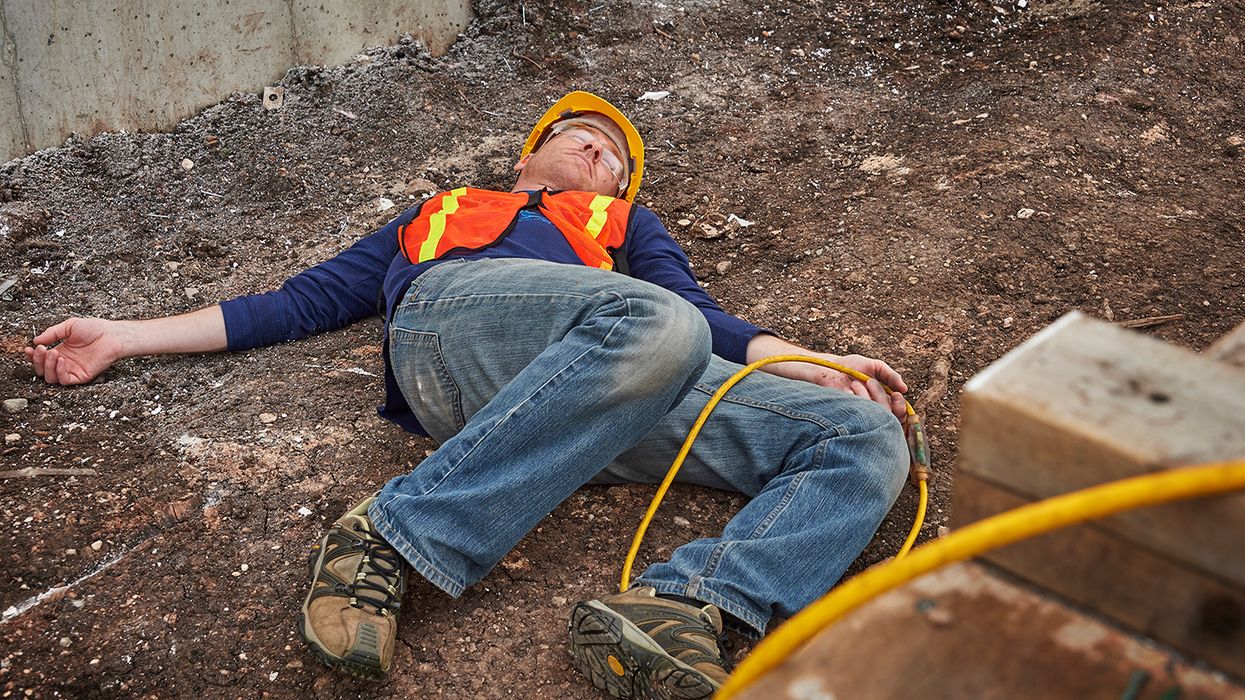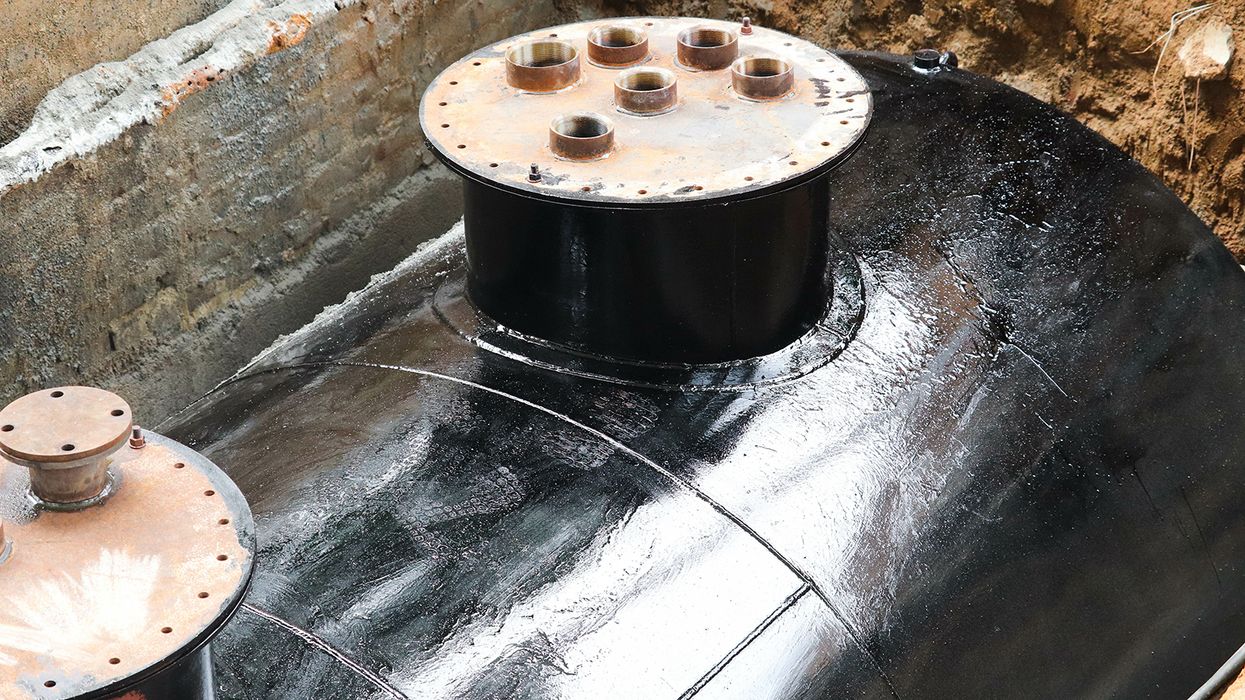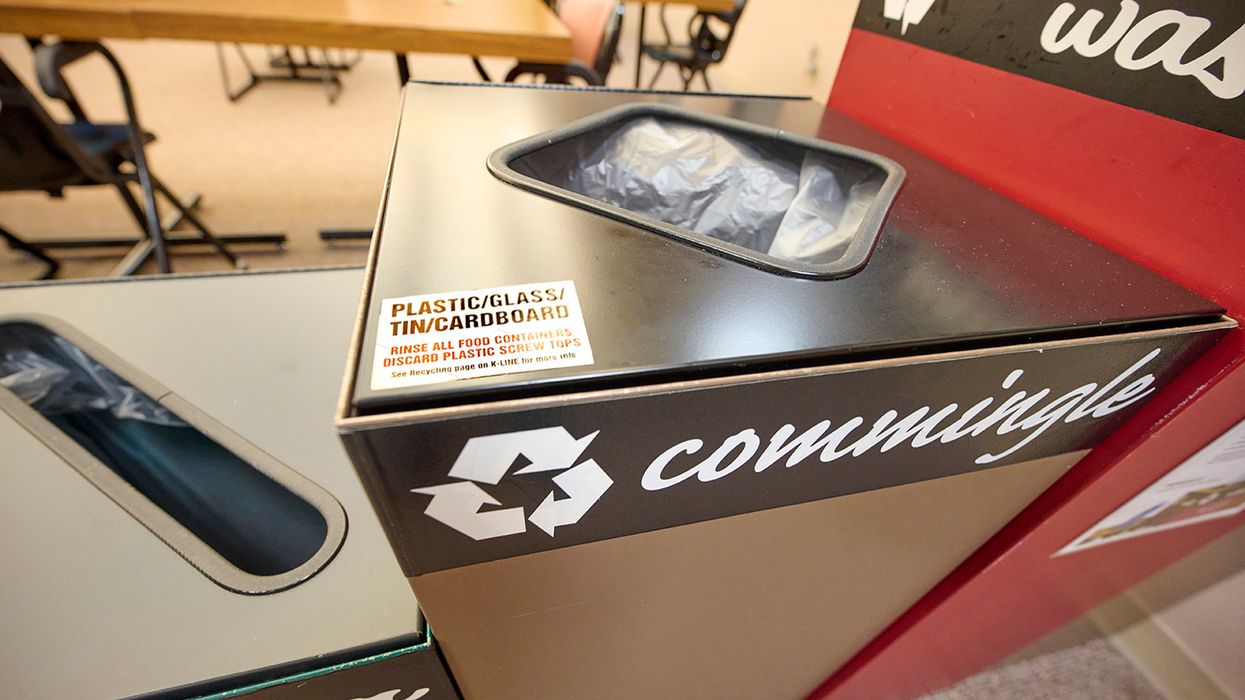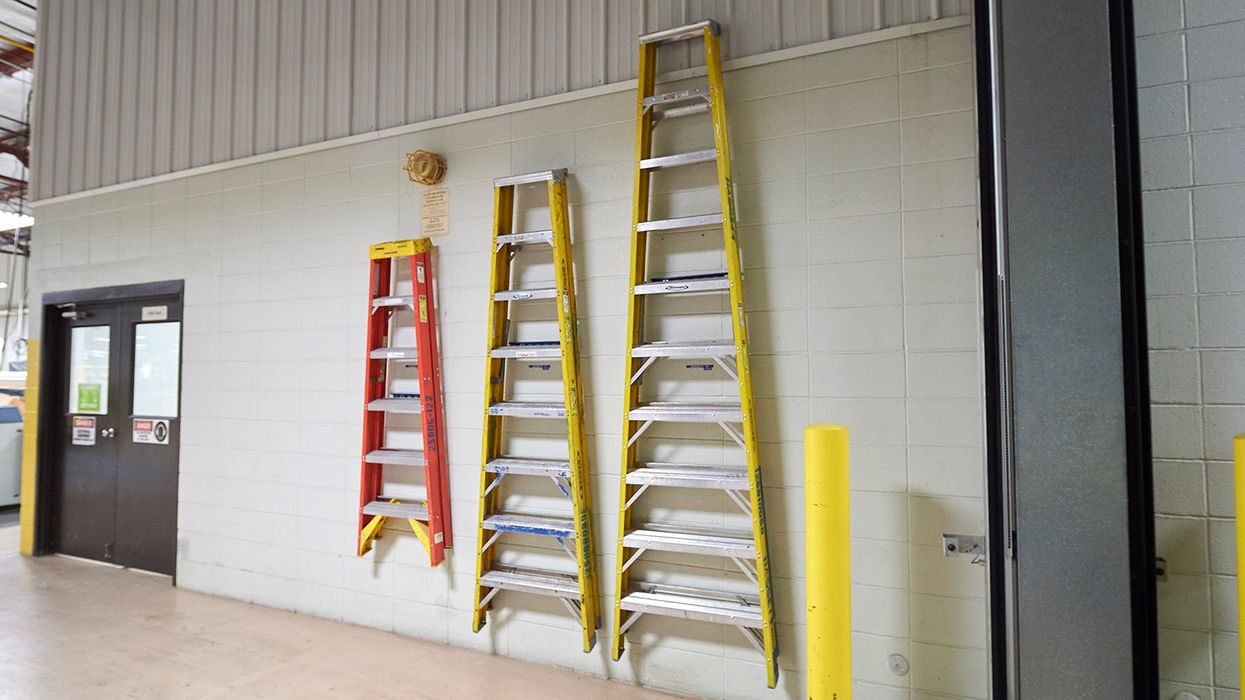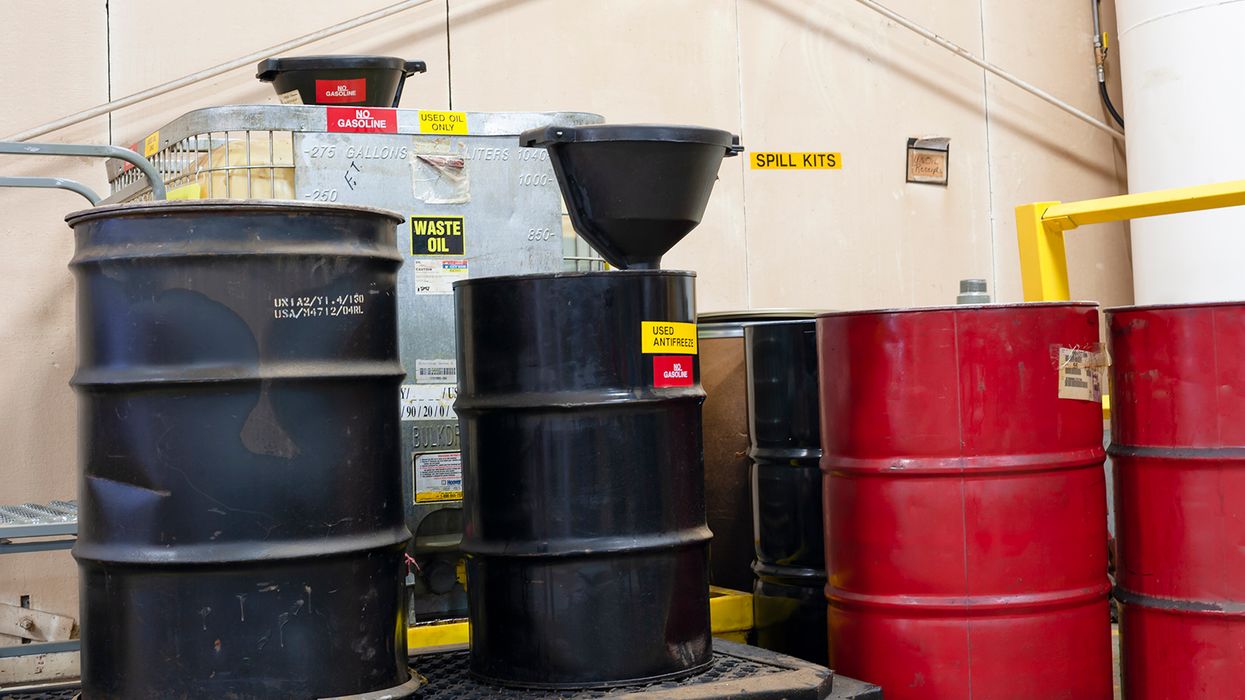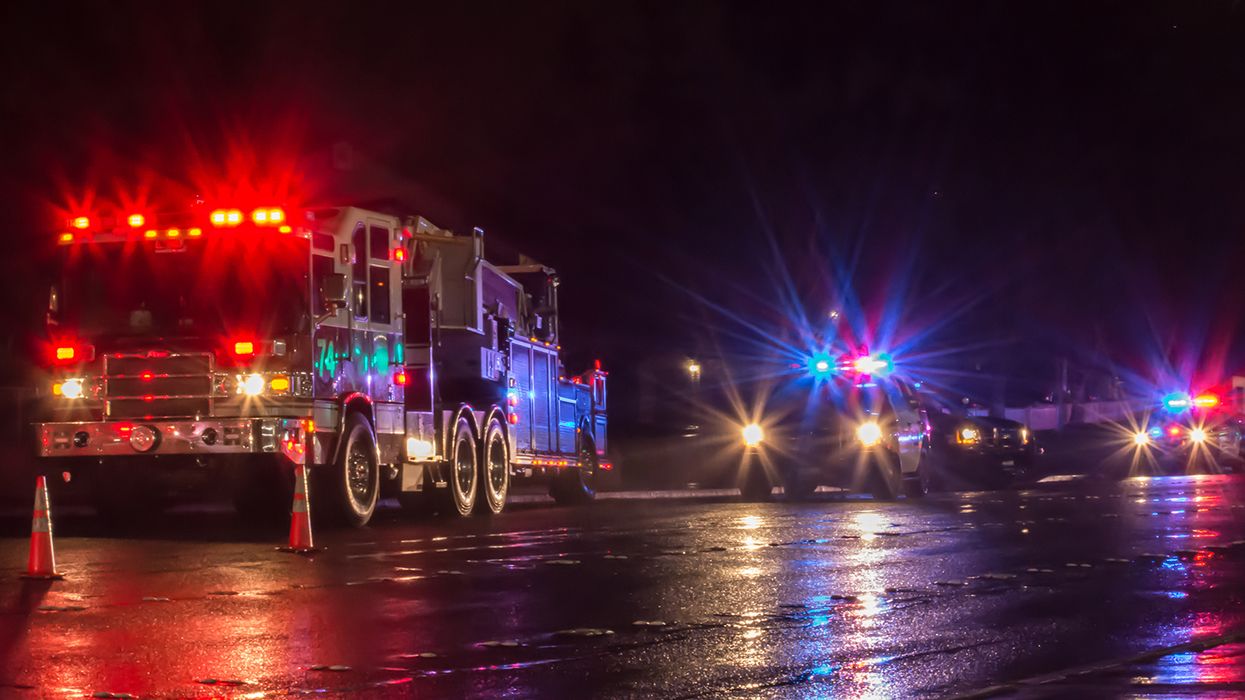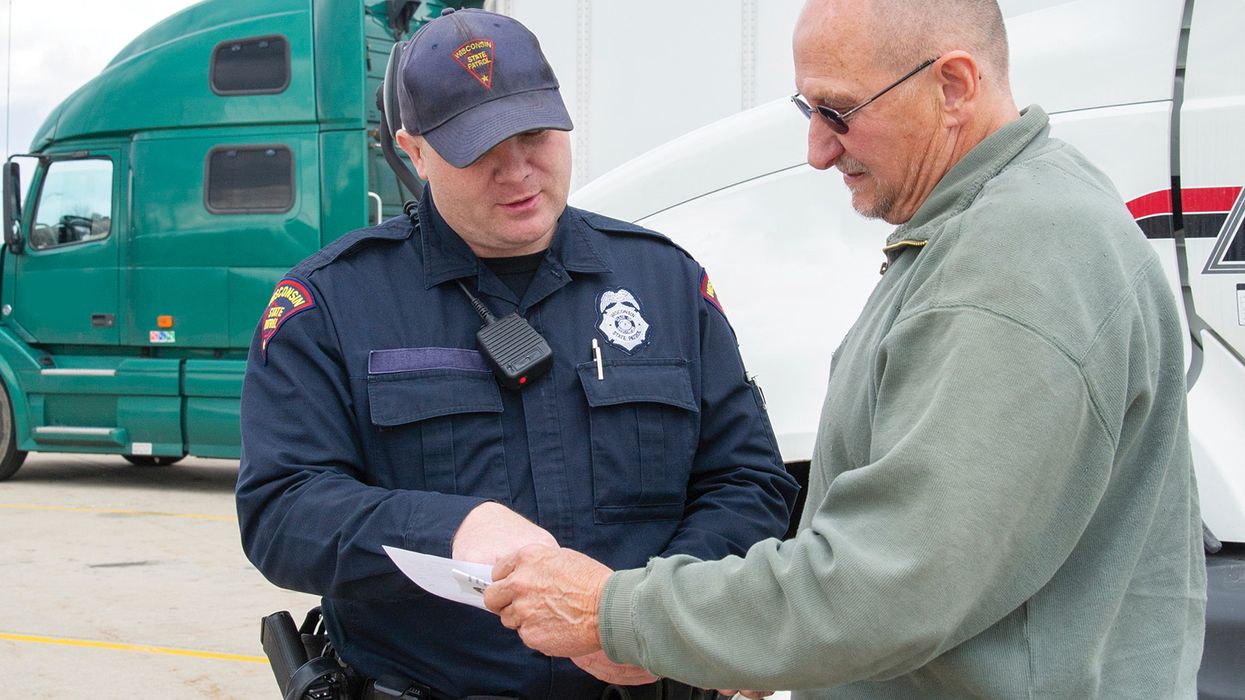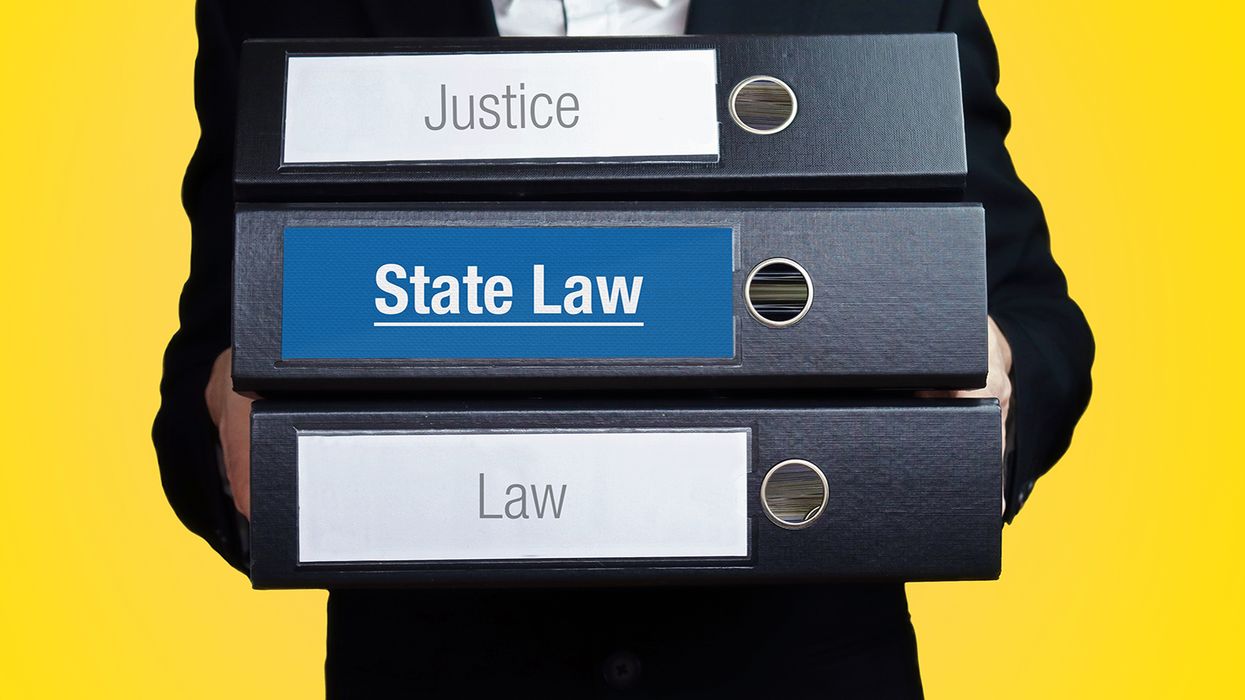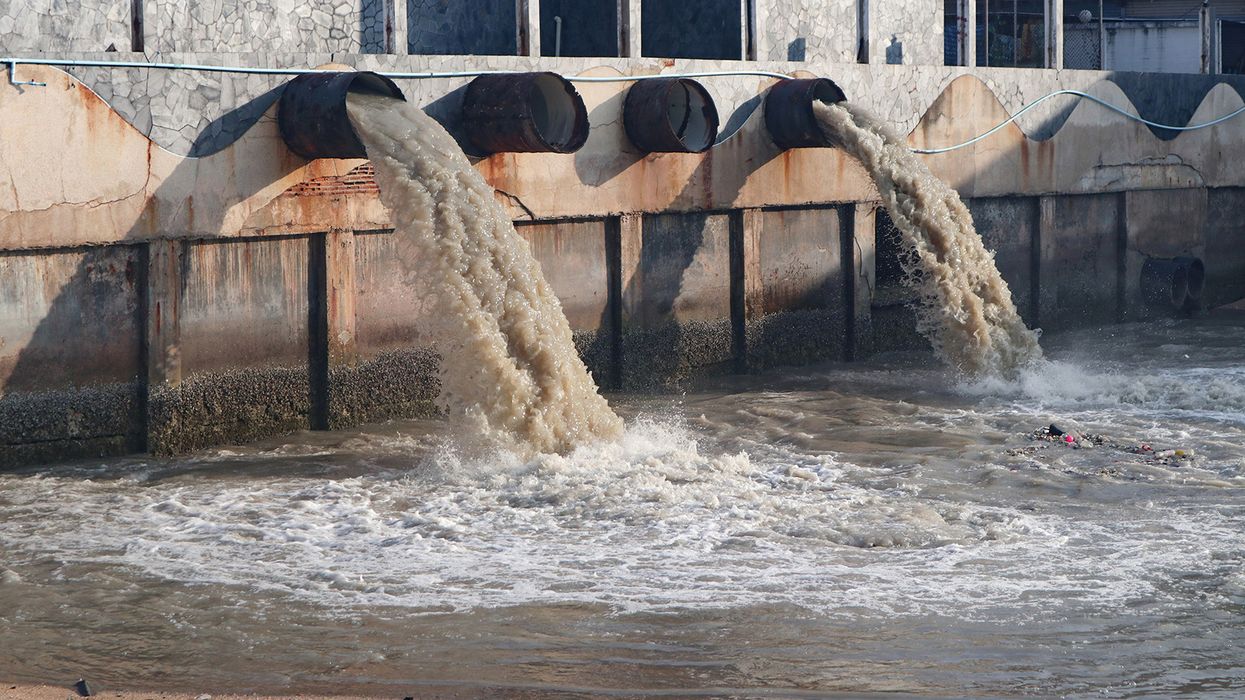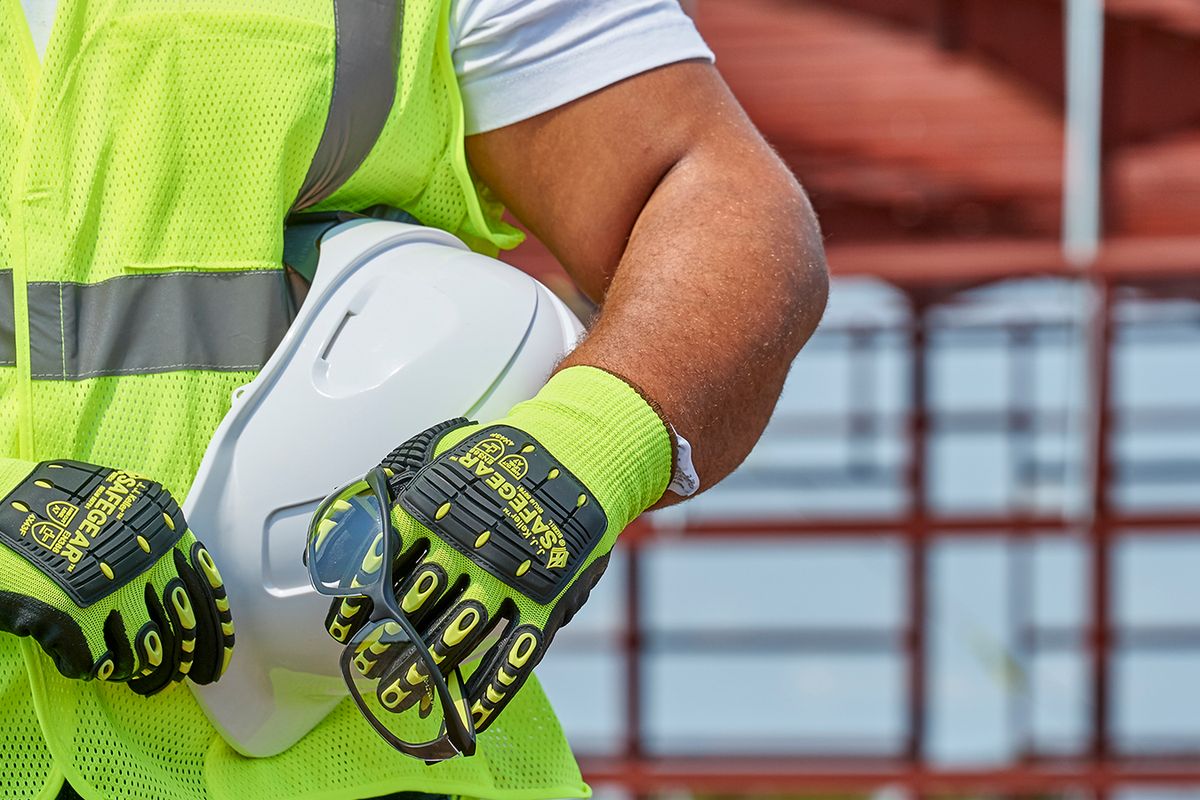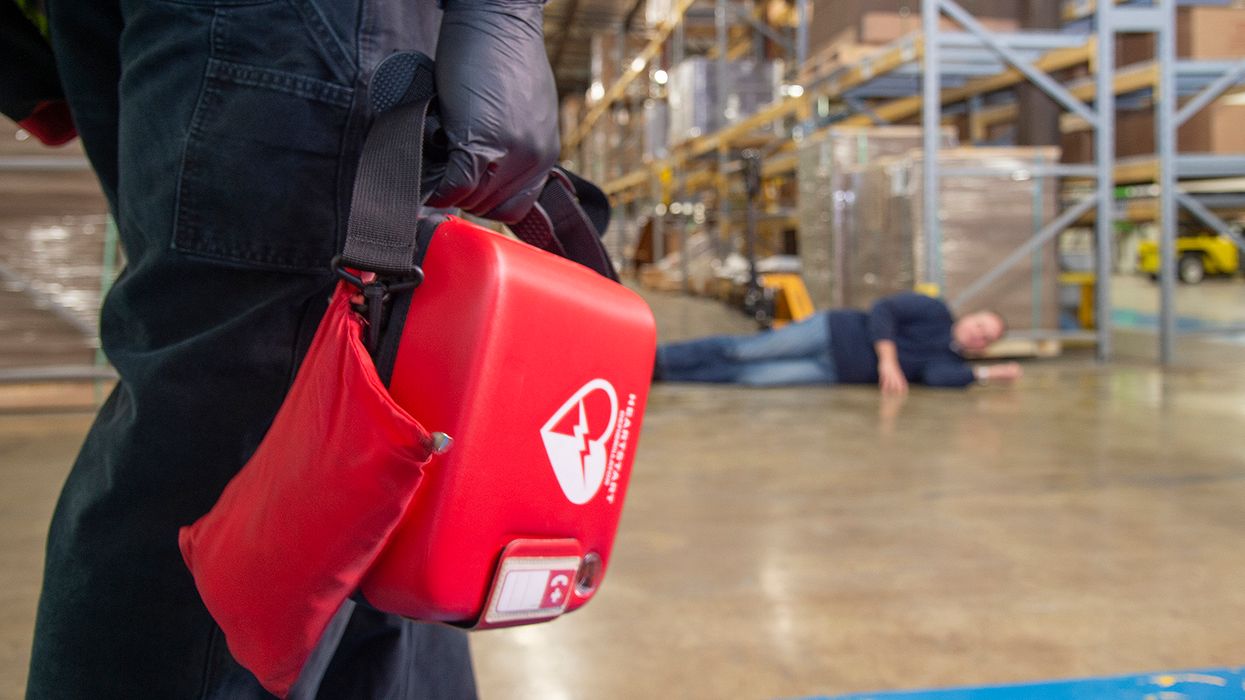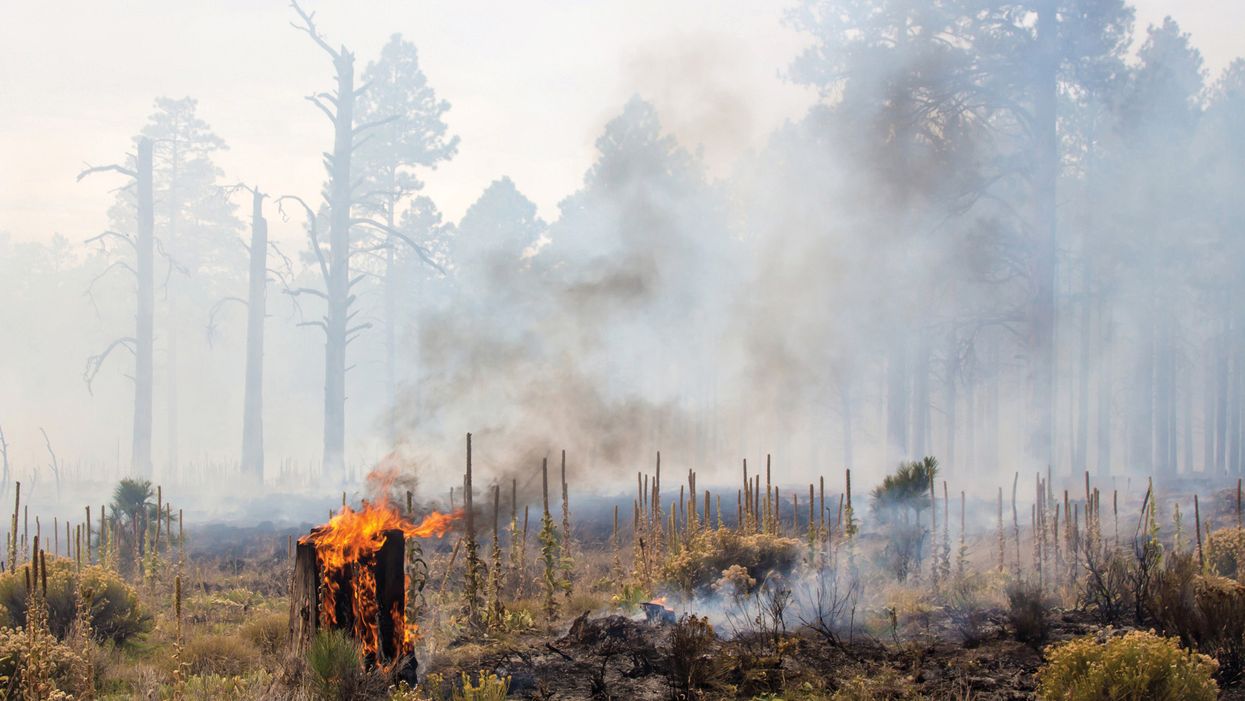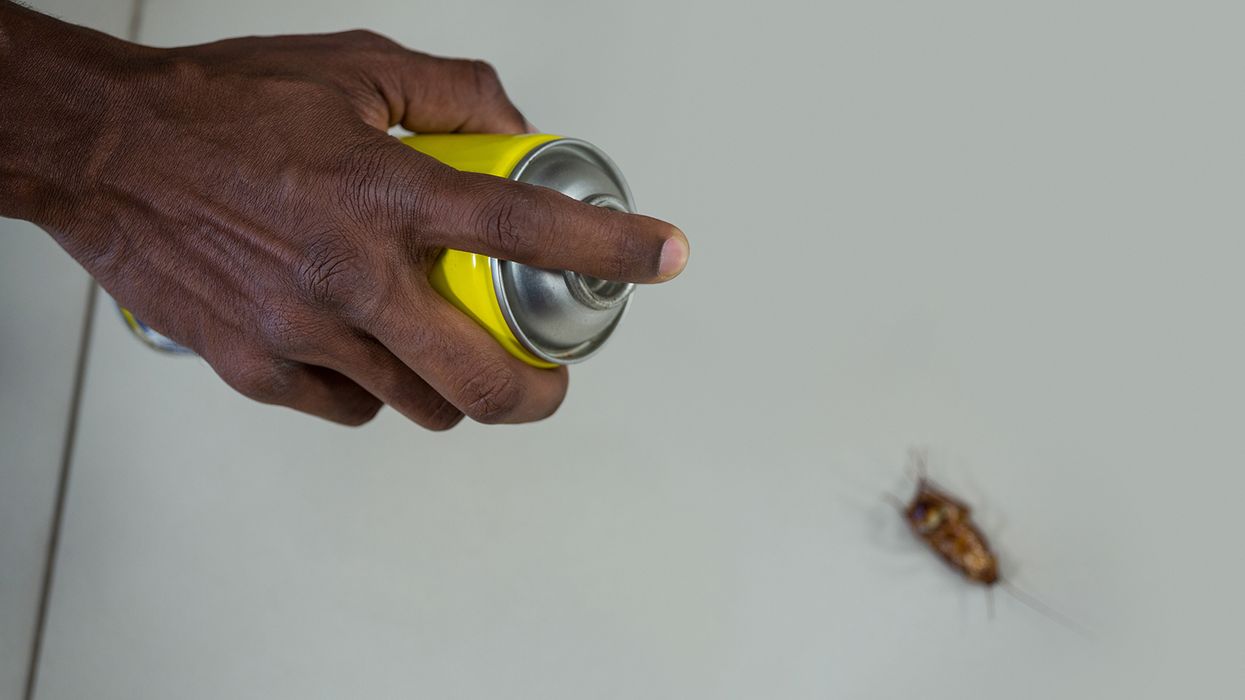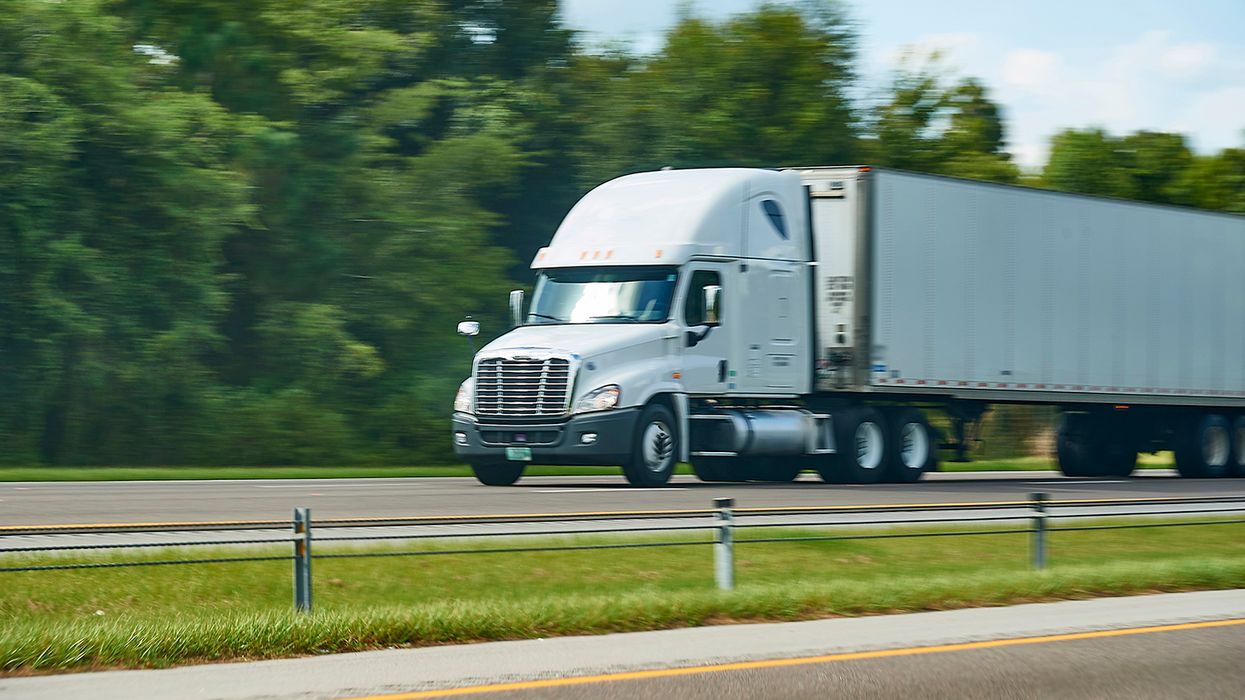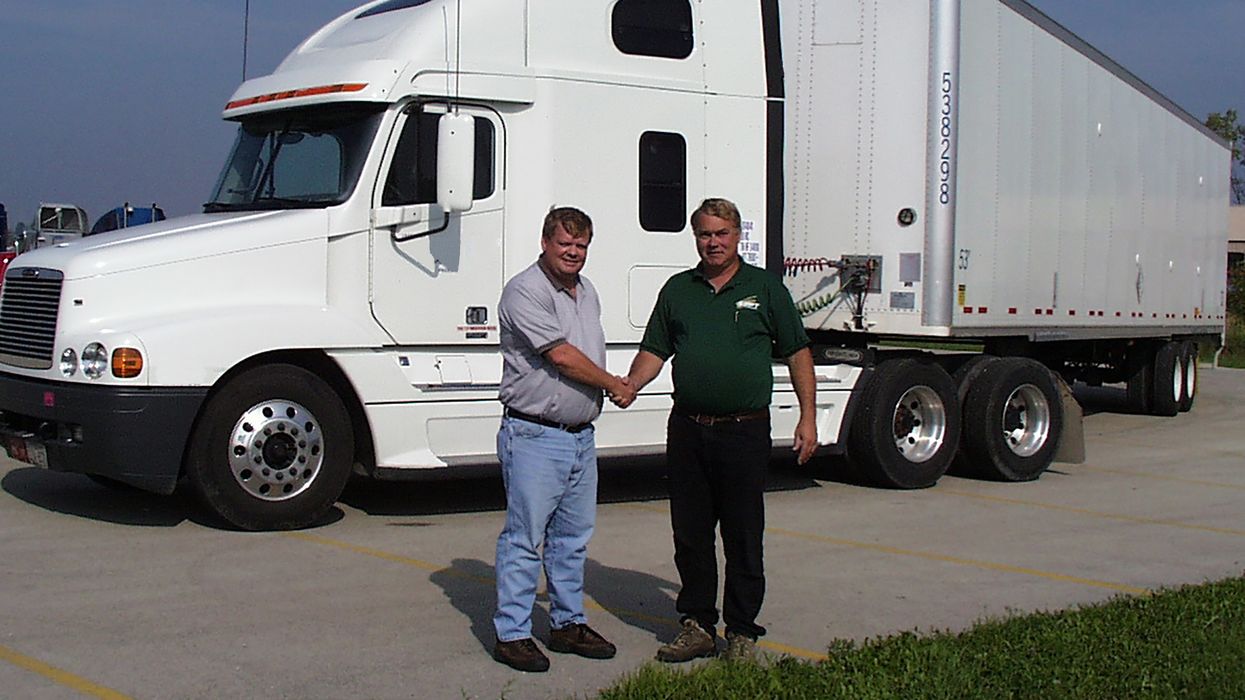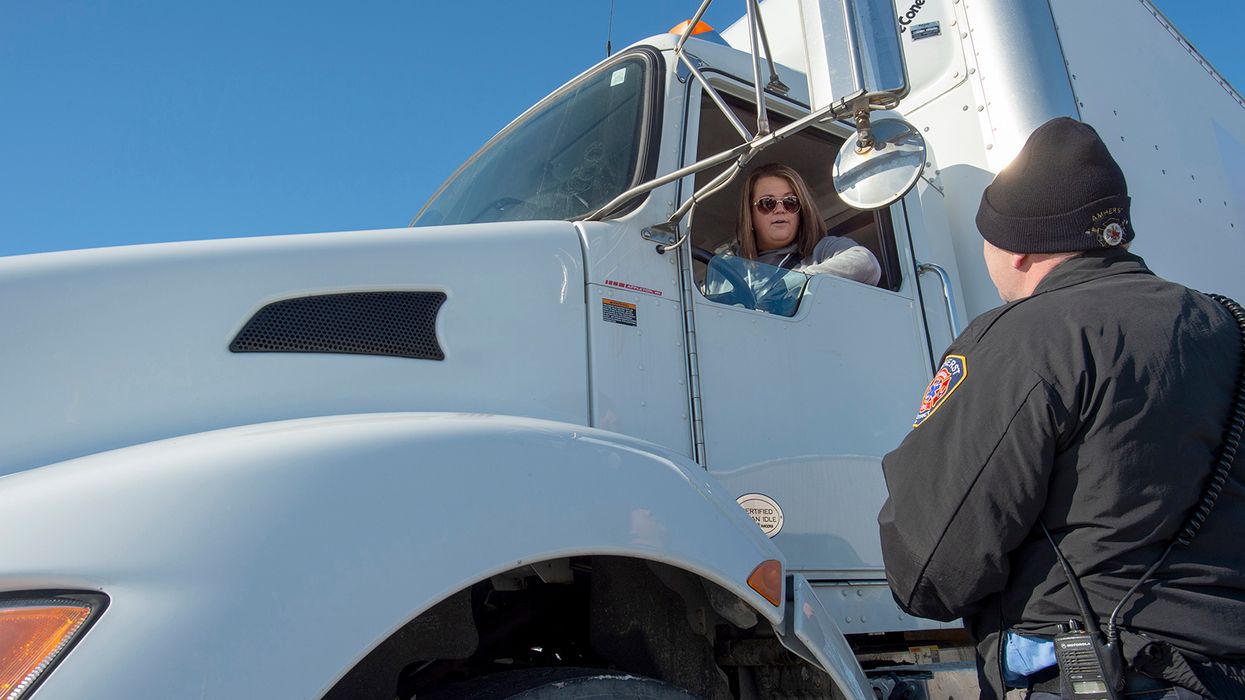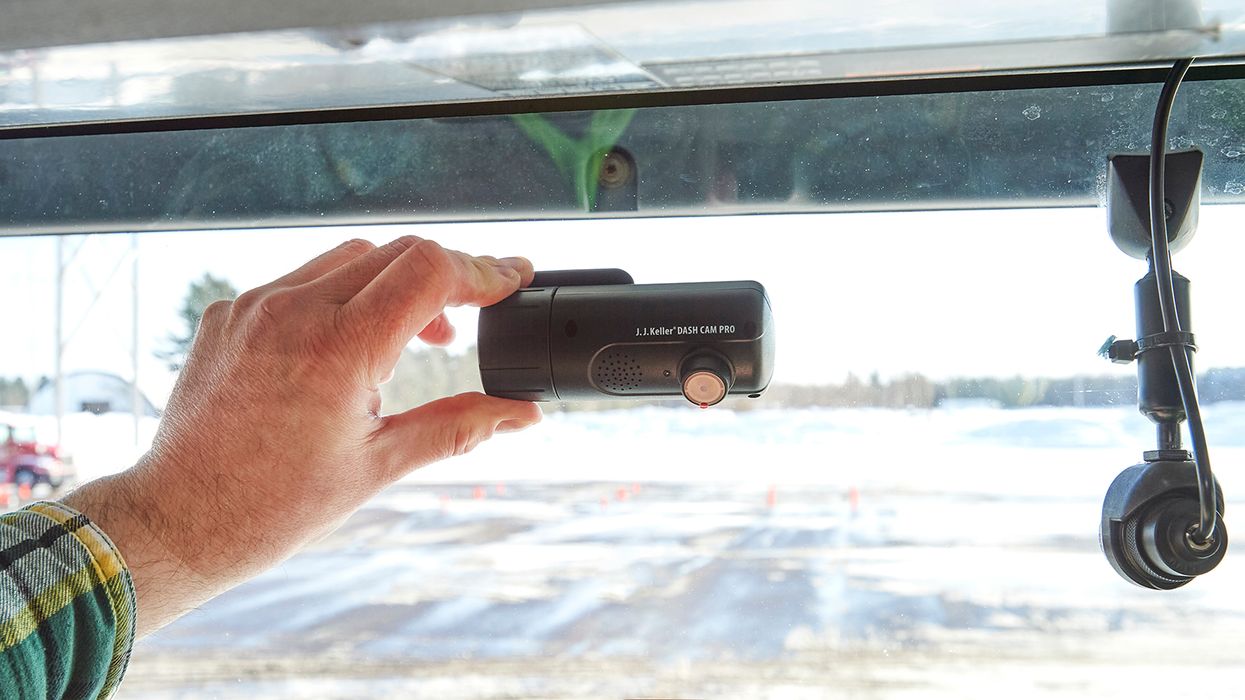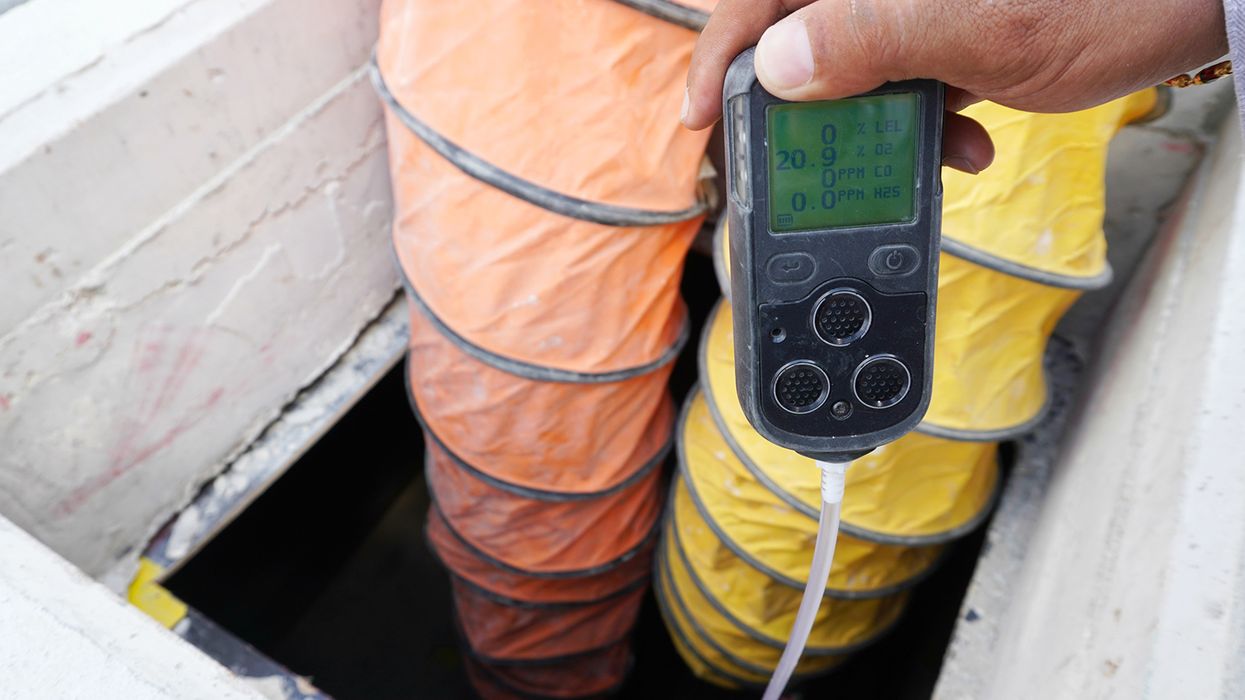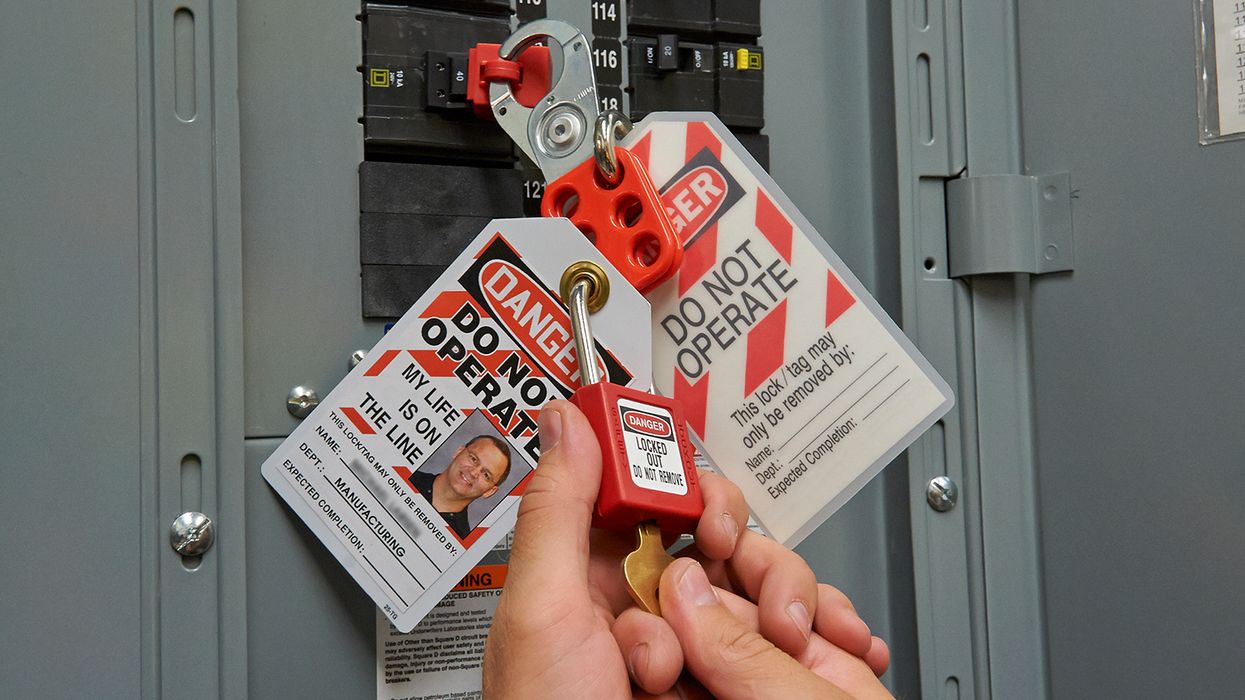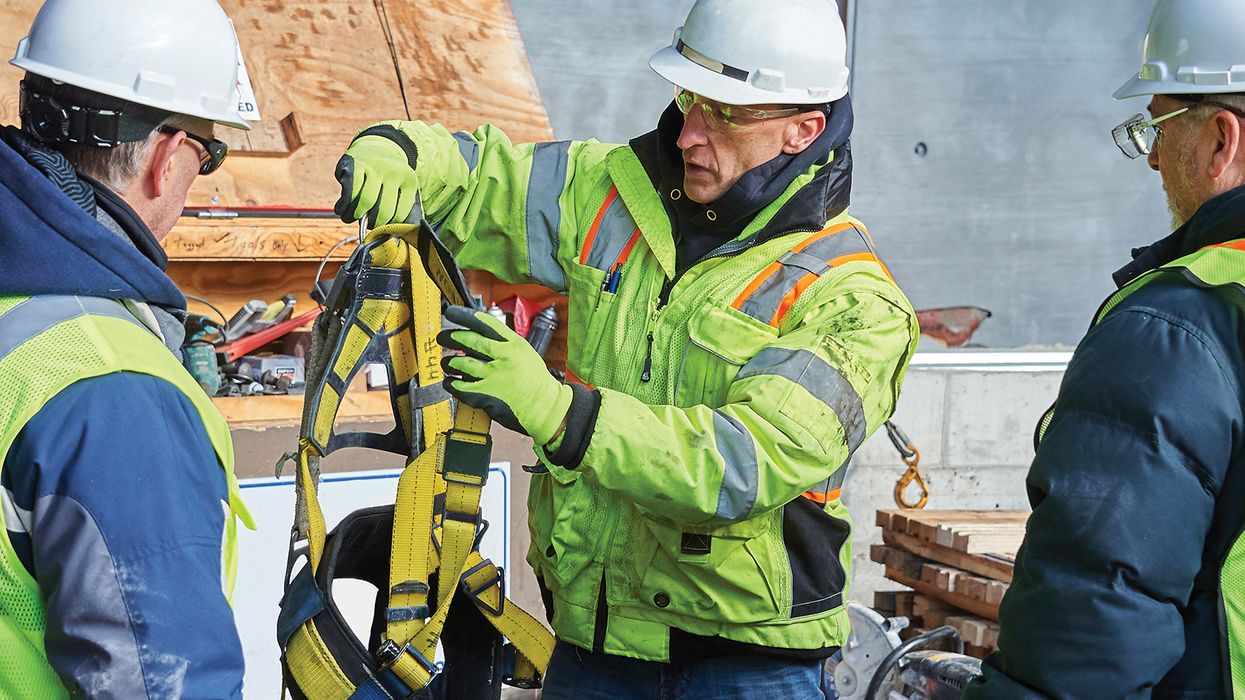Pennsylvania snow- and ice-removal law revised
Recently-enacted legislation revised Pennsylvania’s snow- and ice-removal law to include exceptions for commercial motor vehicles (CMVs).
Under Senate Bill 1094, all drivers are expected to make a reasonable effort to remove accumulated snow or ice from their vehicles within 24 hours after the end of falling snow or ice.
A driver who fails to remove accumulated snow or ice may be stopped by law enforcement and fined $50. If snow or ice is dislodged from a moving vehicle and strikes another vehicle or pedestrian causing death or serious bodily injury, the driver will be fined between $200 and $1,500 for each offense.
The driver of a CMV, including a bus, is excepted from these provisions if:
- Traveling to facility to remove the accumulated snow or ice at the time of the stop, or
- Complying with this requirement violates any other federal or state law or regulation regarding workplace safety or would be a threat to the health or safety of the driver.
This legislation went into effect September 9, 2022.
Other state snow and ice removal laws
A few additional east coast states have laws that specifically address the removal of snow and ice from vehicles, including Connecticut, New Jersey, and Rhode Island.
In Connecticut, the driver of a CMV must remove accumulated snow or ice from the vehicle.
A driver who fails to remove accumulated snow or ice could be fined $75. If snow or ice falls from the vehicle and causes injury or property damage, the driver will be fined between $500 and $1,250.
The driver of a CMV is excepted from these requirements:
- During a period of snow, sleet, or freezing rain if such period began and continued during the period of the vehicle’s operation; or
- When the vehicle is parked.
In New Jersey, a driver must make a reasonable effort to remove snow and ice from the cab of a truck, the top of a trailer or semitrailer being drawn by a motor vehicle, and the top of an intermodal freight container being carried by an intermodal chassis.
A driver who fails to make a reasonable effort to remove the snow or ice may be fined $25 to $75 for each offense.
In Rhode Island, a driver may not operate a vehicle with a “significant” amount of snow or ice on the vehicle. “Significant” is considered an amount of accumulation that, when it blows off the vehicle, obscures the vision of another driver.
A driver who violates this provision is subject to a fine of $85.
Key to remember: Drivers need to make a reasonable effort to remove snow and ice from their vehicles, taking into account both the safety of the driver and the safety of the motoring public.

